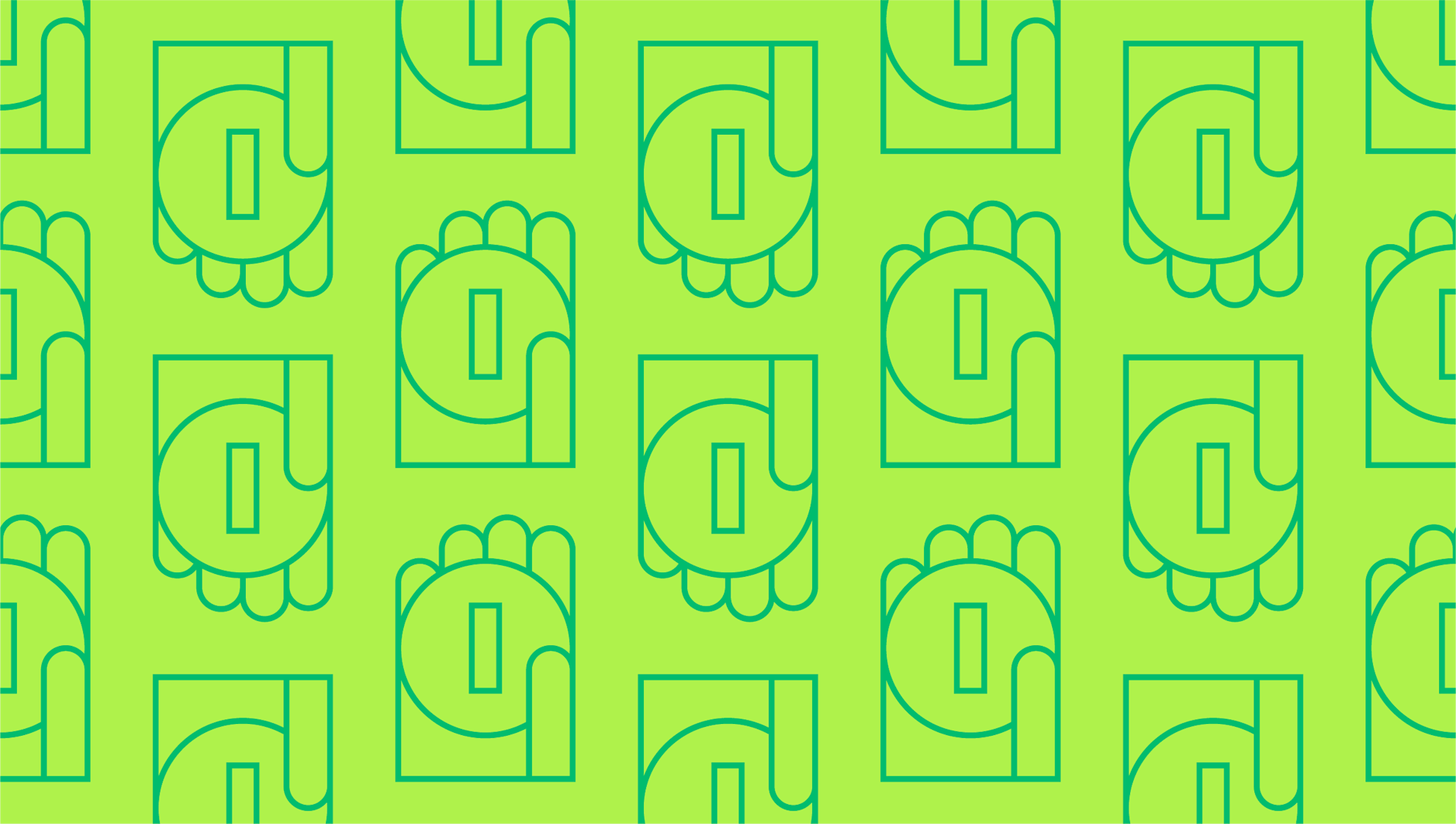Last editedJan 20222 min read
Management of receivables comes down to ensuring clients pay their invoices. Efficient management of receivables is therefore integral to good cash flow in a business. In this post, we’ll thoroughly define receivables management and outline the importance of good receivables management.
What is receivables management?
The term “receivable” simply refers to the quantity of payment which has not been received. Accounts receivables therefore refers to the amount of money owed, or unpaid, by customers.
Management of your accounts receivable is known as receivable management. We can define receivables management as that which concerns the whole process of crediting customers. This includes: outlining credit policy, setting payment terms, sending follow-up correspondence concerning payment, as well as the collection of payments.
Receivables management is sometimes also referred to as either collection management, payment collection or accounts receivables.
Importance of receivables management
Receivables management is an important part of running a business. It is an essential part of generating cash inflow in the company and has a huge impact on future cash flow.
When there is a delay in payment at the customer’s end, this can cause a cash flow shortage for the company. This makes it paramount that a company effectively manages their accounts receivable in order to avoid serious financial issues.
Effective receivable management can also help increase sales and therefore profits. This is because extending credit options to customers usually entices them to use a company’s services and helps to create a good customer-business relationship.
However, the importance of receivables management is not limited to sales and cash flow. It can additionally attract investors, as they can easily see how apt a company is at collection and assess the company’s credit record.
Good management of receivables involves a number of elements. These include:
Checking a customer’s credit rating in advance
Maintaining positive customer relationships
Quickly noticing late payments
Acting to settle late payments as soon as possible
Use receivable management solutions to aid in efficiency
Good management of receivables
Now that we’ve established the importance of receivables management, let’s run through some tips for maintaining good receivable management.
Screen customers prior to giving credit
It’s very important that you run a credit check on customers and confirm their identity before entering into business with them. If there is any kind of doubt as to the trustworthiness of a client, you can refuse credit or ask for payment upfront instead.
Ask for a personal guarantee:
Ask clients for a personal guarantee on the credit agreement. This can serve as verification of a client’s reliability, and will also help to make sure payments are made on time.
Put payments in writing before entering into business with a customer
When dealing with new customers, make sure you put all payments in writing as the first order of business. This means the client will be well informed about payments and deadlines, as well as potential late fees.
Issue invoices promptly
In order to receive payments on time it is imperative that you deliver invoices on time. There are various accounting solutions you can use to automate the sending of invoices if this is an issue for you.
Offer straightforward payment options
Customers are more likely to pay on time if payment options are quick and easy to use. Offering platforms like PayPal, Google Pay or other mobile payments can help ensure payments don’t come in late. Recurring payments can also be made efficiently with GoCardless.
Keep close track of payments as received
Monitor payments as received closely and note any discrepancies. There are several receivables management solutions that can help you keep track. Some good options include Sage and Kuhlekt.
Know when to drop a customer
If you have customers who frequently make late payments and require chasing up each time, then you might be better off simply getting rid of them. To ascertain whether or not it’s worth your while keeping them on, you can calculate the financial risk of non-payment or late payment. Then make your decision accordingly. You can also ask them to make payments up front instead of offering them credit.
We can help
GoCardless helps you automate payment collection, cutting down on the amount of admin your team needs to deal with when chasing invoices. Find out how GoCardless can help you with ad hoc payments or recurring payments.


